Maintaining Antique Metal Hardware
Chosen theme: Maintaining Antique Metal Hardware. Welcome to a lovingly practical guide to preserving locks, hinges, latches, escutcheons, and pulls that have outlived generations. We share careful methods, field-tested tips, and stories that protect patina, function, and value. Join the conversation, ask questions, and subscribe for more preservation wisdom that helps history work beautifully in your hands.
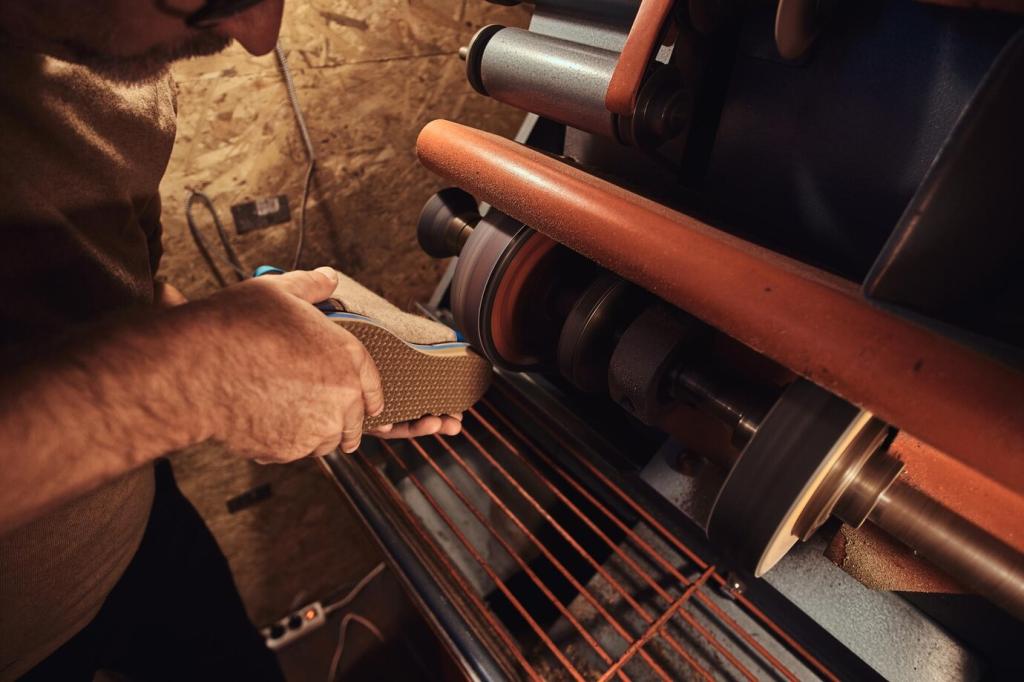
Identify Your Metal Before You Touch It
A magnet separates iron and steel from brass and bronze instantly. Warm gold tones often suggest brass; cooler yellow hints at nickel plate. Iron can carry a faint, mineral scent when abraded. Observe oxidation color: red-brown rust signals iron; greenish verdigris suggests copper alloys. Test gently, take notes, and never rush decisions.
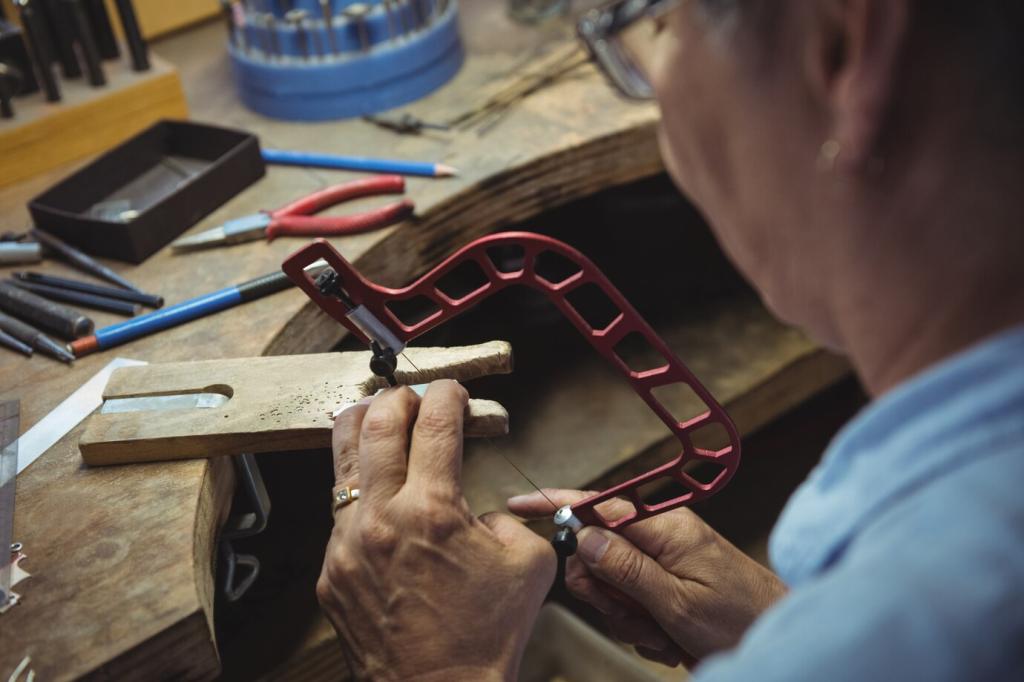

Identify Your Metal Before You Touch It
Antique hardware tells its story through small clues: soft casting seams, hand-filed bevels, and uneven screw slots indicate earlier manufacture. Machine-perfect symmetry can imply later reproduction. Use magnification and raking light to read file strokes and gating marks. These details guide appropriate cleaning aggressiveness and help avoid destroying irreplaceable historical surfaces.
Gentle Cleaning That Respects Patina
Begin with distilled water, a drop of neutral pH soap, and soft cotton swabs. Work slowly, rolling swabs instead of scrubbing. Dry immediately with lint-free cloths to prevent flash rust on iron. This baseline approach lifts grime while preserving desirable oxidation and age. Document every step, and stop if surfaces begin to brighten unexpectedly.
Gentle Cleaning That Respects Patina
Mineral spirits can dissolve old wax and oily residues; ethanol can lift certain surface contaminants. Always test solvents on inconspicuous areas, watching for color lift or plating disturbance. Ventilate properly, wear gloves, and use minimal quantities. The best solvent is the mildest one that works. When uncertain, ask in the comments before committing.
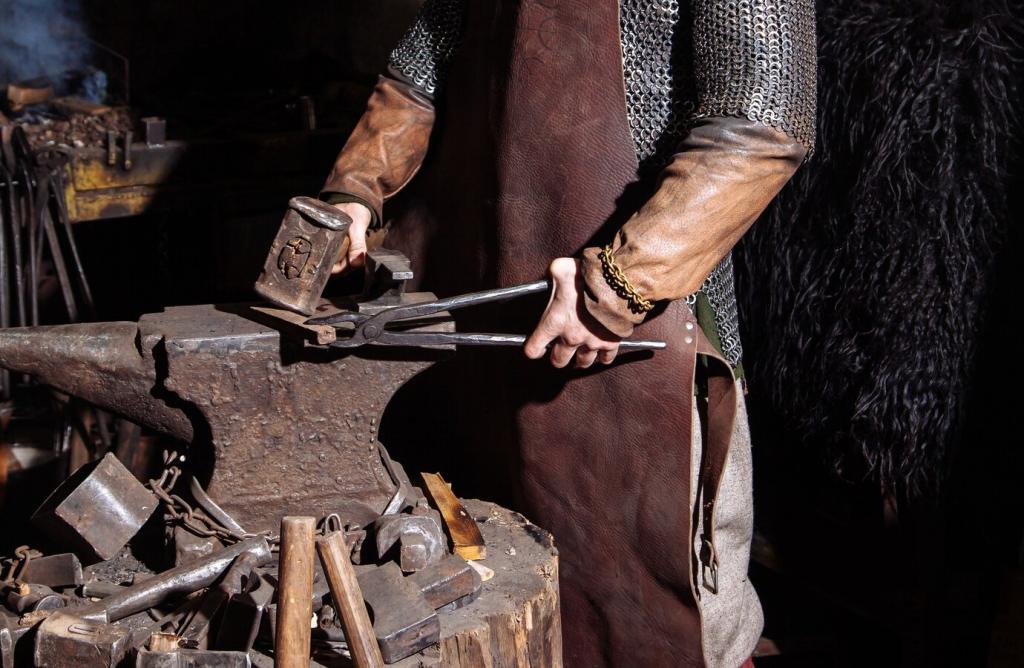

Stopping Rust and Corrosion the Right Way
Active rust appears powdery and spreads; stable oxidation looks dark and adherent. Use a jeweler’s loupe to judge texture and edge activity. Isolate items in breathable containers with desiccant while planning treatment. Gentle mechanical lifting of loose rust, followed by careful cleaning, can halt deterioration without reshaping historic surfaces that tell manufacturing and usage stories.
Stopping Rust and Corrosion the Right Way
Electrolysis can rescue robust iron parts but may be too aggressive for delicate finishes or mixed metals. Neutral chelators can lift rust selectively, yet require patience and frequent checks. Sometimes prevention beats intervention: stabilize humidity and pause. Choosing restraint today can save plating tomorrow, preserving authenticity and collector value alongside daily usability and safety.
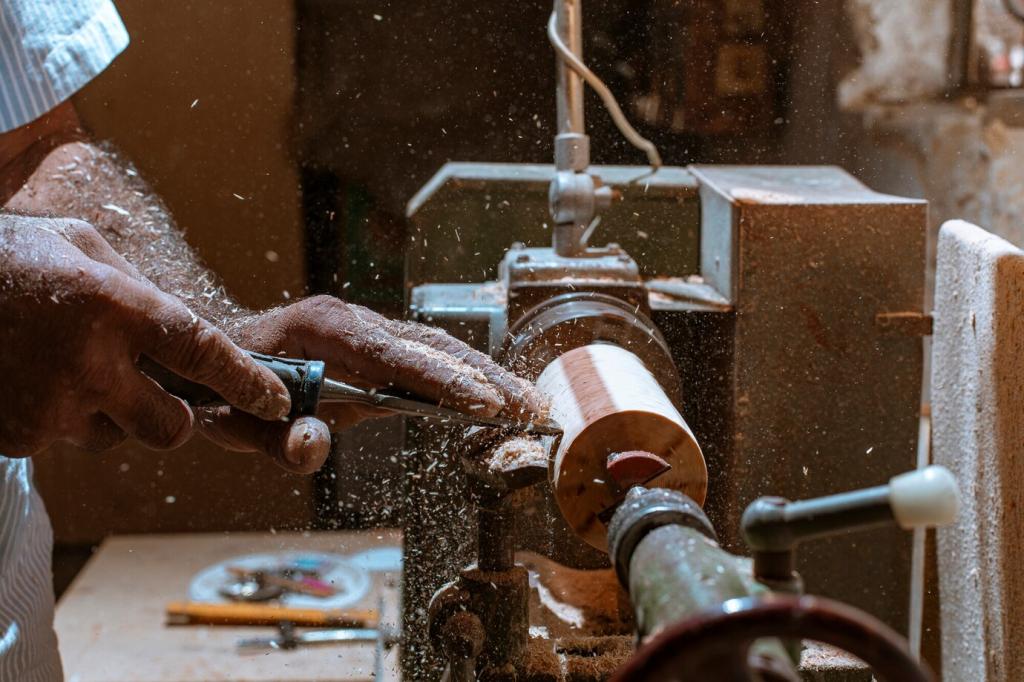
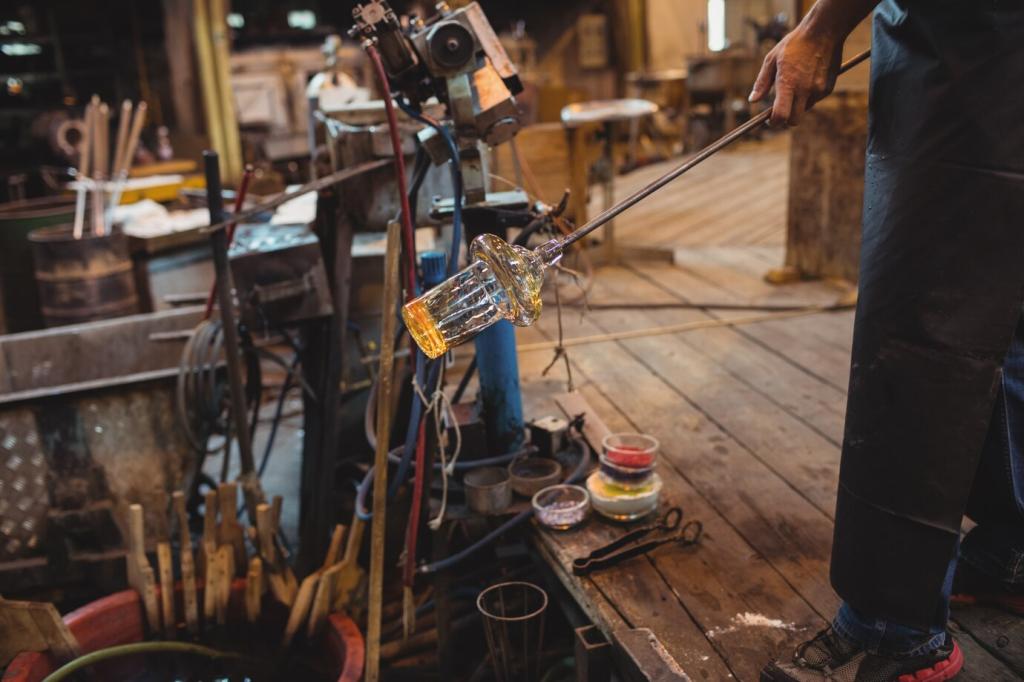
Protective Finishes That Breathe
Waxing with Microcrystalline Confidence
A thin coat of microcrystalline wax adds sheen, fingerprints resistance, and moisture protection while remaining reversible. Apply sparingly with a soft cloth, allow to haze, then buff gently. On frequently handled pulls and knobs, wax offers a subtle, human warmth that celebrates age rather than masking it. Reapply seasonally based on climate and use.
Lacquer, Shellac, and the Value Question
Clear lacquers can stabilize polished brass but risk a too-perfect look and complicated future repairs. Thin shellac can be more forgiving but still demands testing. Ask: does this finish align with the object’s period and use? Sometimes a well-maintained wax film is safer, more authentic, and easier for the next caretaker to understand and renew.
Respecting Original Plating and Gilding
Nickel, chrome, or gilt layers are historically informative and easily thinned. Avoid aggressive polishing that reveals base metal at edges and high spots. When in doubt, clean gently, conserve as-is, and protect. Document observations about plating thickness and wear patterns. Future restorers will thank you for restraint, notes, and high-quality, well-lit photographs of every detail.
Smooth Function: Hinges, Locks, and Latches
Locks Like Silk: Graphite and PTFE
Avoid heavy oils inside delicate wards and pins. Dry graphite or PTFE powders reduce friction without attracting dust and grime. Apply sparingly, operate the key several cycles, and tap out excess. If the lock remains gritty, clean first, then relubricate. Keep keys matched to wards to avoid forcing and bending irreplaceable internal components.
Quieting Hinges Without Attracting Dust
For door and lid hinges, a drop of light, acid-free oil wiped to near-dry prevents squeaks while minimizing dust capture. Work the hinge slowly to distribute lubricant along the pin. If the hinge binds, check alignment and shimming rather than adding more oil. Sometimes the kindest fix is micro-adjustment, not saturation.
Seasonal Movement and Gentle Adjustments
Wood swells and shrinks, shifting strike plates and latch alignment. Before filing metal, loosen screws, realign plates, and retighten evenly. Use sympathetic shims rather than bending antique keepers. Keep a maintenance log by season to anticipate movement patterns. Share your climate challenges below so others can plan preventive adjustments ahead of weather swings.
Storage, Display, and Everyday Care
Humidity, Airflow, and Silica Gel
Aim for relative humidity between forty and fifty-five percent to discourage corrosion and wood movement. Use conditioned spaces, buffered storage with silica gel, and gentle airflow. Avoid attics and basements that swing wildly. Monitor with inexpensive hygrometers. Small environmental improvements pay huge dividends for hinges, escutcheons, and delicate plated surfaces over the long term.
Mounting Without Stress or Strain
When displaying loose hardware, use inert mounts and cradles that distribute weight. Avoid tight clips that bite edges or compress plating. For installed pieces, ensure screws seat fully without forcing. Shim carefully to prevent torque on fragile arms or plates. Share photos of your displays so others can learn from practical solutions that protect beauty.
Handling Etiquette Saves Finishes
Wear clean cotton or nitrile gloves when possible, especially with polished brass or plated surfaces prone to fingerprints. If bare-handed, handle from edges and wipe prints promptly. Place parts on padded, clean surfaces far from tool edges. Encourage family and guests to treat old hardware like jewelry. Small courtesies prevent big, irreversible mistakes.
